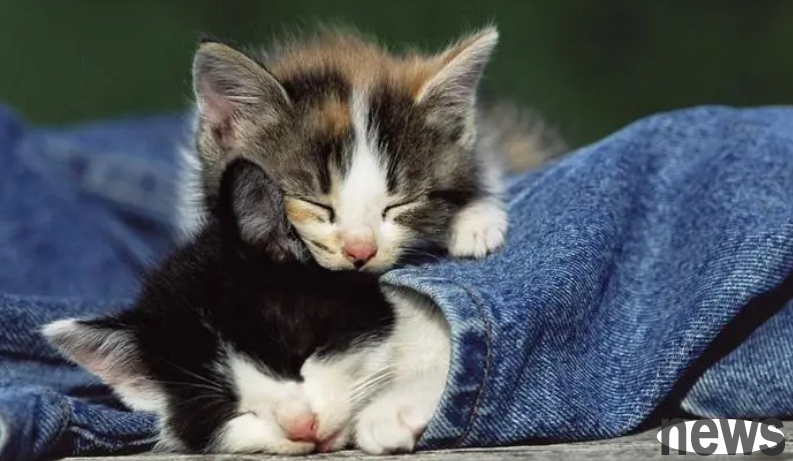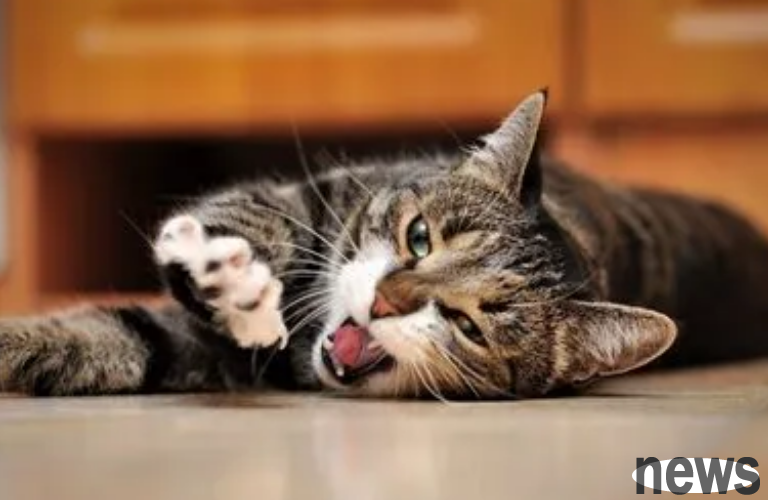What is the cause of cat oral ulcers? How to cure cat oral ulcers! Oral ulcers are one of the common oral diseases in cats. For example, cats sometimes don’t eat naturally and have bad breath and drooling, which may be caused by oral ulcers. Oral ul...
What is the cause of cat oral ulcers? How to cure cat oral ulcers! Oral ulcers are one of the common oral diseases in cats. For example, cats sometimes don’t eat naturally and have bad breath and drooling, which may be caused by oral ulcers. Oral ulcers should be treated in time. If the symptoms worsen, the cat will lose appetite due to pain, unhappiness, etc., and even symptoms of physical weakness.
Oral ulcers are mostly caused by stomatitis or glossitis. There are also many other reasons, such as foreign objects or irritating food entering the mouth, viral infections, etc., these symptoms will also occur.

1. Cat stomatitis
Stomatitis refers to inflammation of the cat's oral mucosa, tongue and gums, and causes ulcers, necrosis and secondary infections. It is characterized by inflammation, ulcers, pain, inability to chew and extensive salivation of the oral mucosa. If stomatitis cannot be treated promptly, it will develop into eosinophilic granuloma.
What causes cat oral ulcers
Trama, irritants, bacterial infections, viral infections, etc. that may cause stomatitis.
The current treatment methods for stomatitis include drug treatment and tooth extraction treatment. The main treatment of drug is chlorhexidine, combined with antibiotics and hormone therapy. According to the severity of stomatitis, it can be divided into short-term treatment and long-term treatment. In short-term treatment, hormone use is the most effective, such as erectons, prednisolone, etc. In long-term treatment, due to the diverse clinical manifestations, there is no most effective method among the various treatment methods.
Removal of premolars and molars is an effective treatment for most stubborn stomatitis. More than 80% of cats can improve their quality of life (some cats require full mouth extraction). Many owners are worried that cats will have difficulty eating after tooth extraction? According to clinical statistics, almost 90% of cats with full mouth teeth can eat normally (the owners should soak the cat food softly or give the cat canned food and other soft foods).
2. Glossitis
The cause is the same as stomatitis, that is, the mechanical effects of foreign bodies (bone pieces, needles, sharp teeth and dentate stones, etc.), the exposure and removal of new teeth, scalds during intake of soup food and beverages, corrosion of chemicals (toxic agents such as iodine and mercury raising), and infections such as herpes viruses can all cause glossitis.
According to statistics, cats younger than 1 year old are prone to ulcerative glossitis. Sick cats refuse to eat, are depressed, and cannot drink water in severe cases, so they develop symptoms of dehydration. The thick pus and blood-smelling saliva often flows out from the corners of the mouth. Severe pain occurs and denial examination is refused. Sometimes swelling and fever of submandibular lymph nodes can be seen. Dermatitis is caused by saliva flowing from the head and neck to the forelimbs.

3. Viral infections are viral infections that are prone to induce stomatitis or glossitis. There are HIV infections that will not be transmitted to humans but have no vaccination or treatment methods. They rarely occur but have a poor prognosis once the disease occurs, viral rhintracheitis, etc., which show symptoms of nasal cold. This is also the safest and most effective prevention method for this disease. In addition, if the flu virus is infected, blisters and ulcers will appear on the surface of the tongue, accompanied by severe pain, so that it can't even drink water. However, this infection can also be prevented by vaccines, so you must get vaccinated.
For the prevention and control of virus infection, cats should have a good ventilation environment in their places. They should regularly disinfect the utensils used by cats. If the place is not big enough, try not to raise too many cats. When a suspicious disease is found, it should be isolated and disinfected in time to prevent contact transmission. Cats should also be fed nutritious food to enhance their ability to resist the virus.